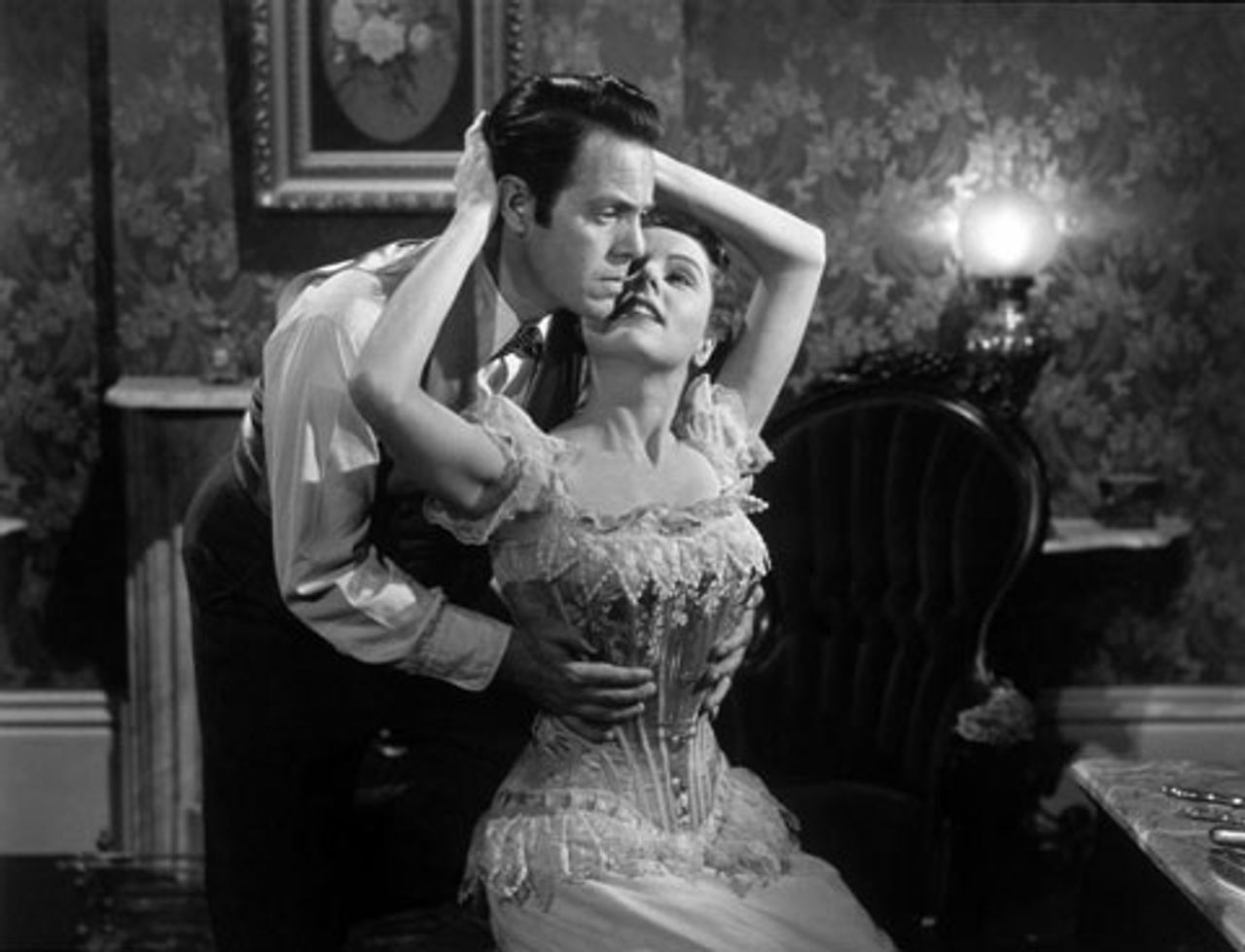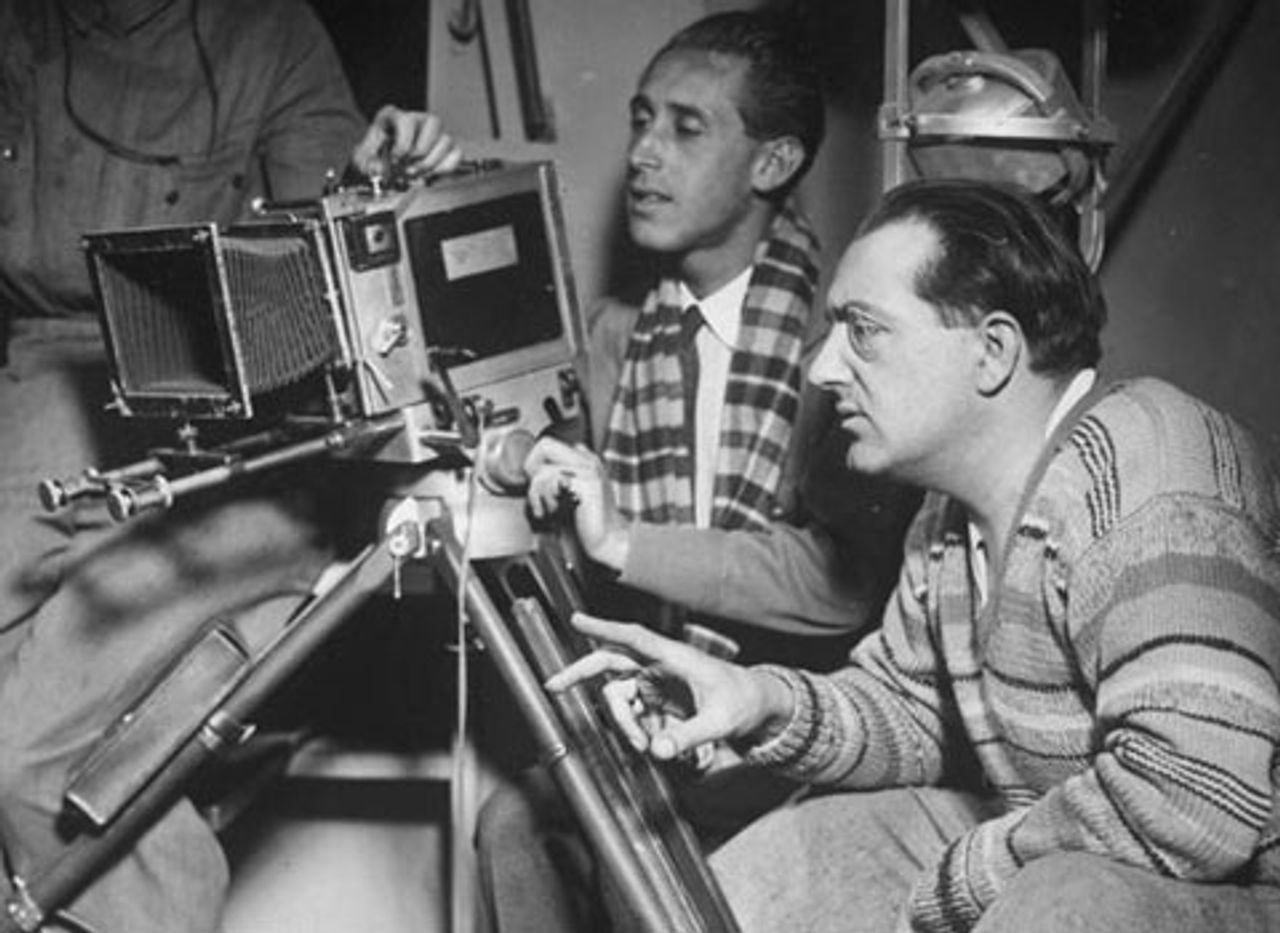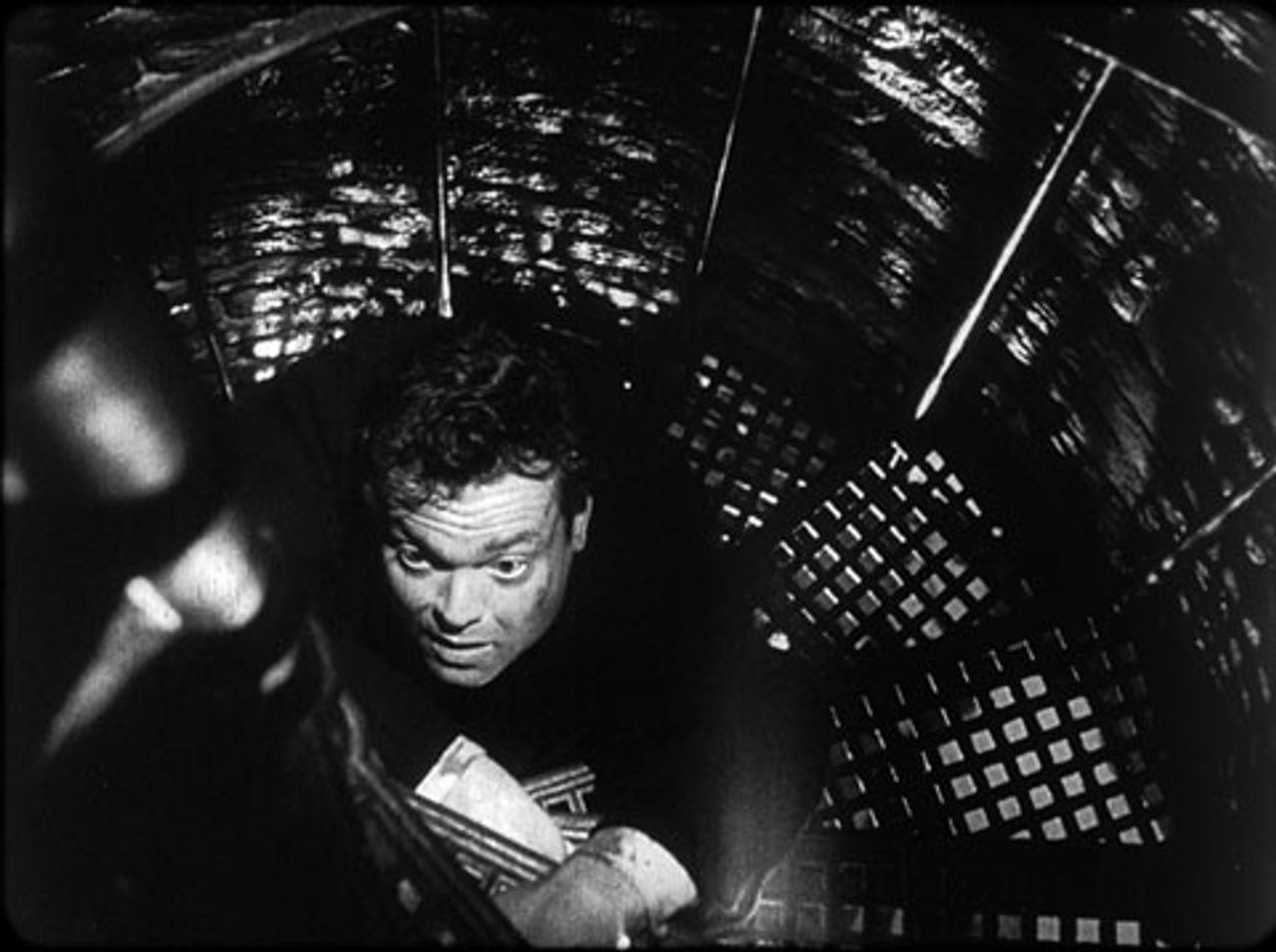This is the third in a series of articles on the 2012 San Francisco International Film Festival, held April 19-May 3. Part 1 was posted May 17 and Part 2 on May 19.
The style and masterful cinematography of Fritz Lang’s House by the River, released in 1950, put most of the contemporary works at this year’s San Francisco film festival to shame.
 House by the River
House by the RiverThe story of Lang’s film is relatively simple: a luckless and self-absorbed writer, Stephen Byrne (Louis Hayward), throws himself at an attractive young servant girl (Dorothy Patrick), murdering her after she loudly protests. The writer then desperately seeks the help of his brother, John (Lee Bowman), in hiding the body, becoming increasingly deranged and dangerous as his dutiful brother becomes the prime suspect. All the while, the murderer’s own “fictional” account of the murder is well-received, largely as a result of his manic self-promotion.
Gorgeous, like much of Lang’s work, the 88-minute film leaves one with the impression of having passed through an art museum or gothic cathedral. Nearly every shot resembles a painting, and some stick with the viewer long afterward, such as a repeated image of the murderer staring blankly, framed in the doorway at the bottom of a long hallway. Every angle of the old Victorian home in which the film takes place is cast in shadow, adding to the general mood of foreboding. The pervasive use of shadow creates a virtually parallel version of the film in miniature, trailing behind every scene.
House by the River is refreshingly parsimonious, stripped of novelty, gratuitous content, and moralizing. The viewer knows the truth from the outset and the steady breakdown of those touched by the crime proceeds logically, illustrated best in the downfall of the brothers: one publicly shamed by accusations of murder, and the other disintegrating in a more hidden, psychological sense. The pacing of the film is natural. Its movement is almost unnoticeable, simply unfolding before the viewer.
Louis Hayward, who plays the main character, has been described as wooden in his depiction of the writer/murderer. Hayward’s acting is quite good, although the film is set in another era, so the customs and manner of speech might strike the modern viewer as unusual, at times. As Byrne, Hayward’s stiff, calculated performance effectively—intentional or not—captures the morbidly self-obsessed quality of the murderer, forced by circumstances to play the part of a happy, successful writer.
All the characters are developed well beyond their initial presentation over the course of the film. Even the fastidious maid of Byrne’s falsely accused brother—who masks bitterness over her unrequited love by horribly slandering him at a public inquest—is stripped to her essence by the end of the film. The music of Georges Antheil—an American composer well known for his avant-garde pieces in 1920s’ Europe—provides an especially powerful accompaniment to the film’s turning points. The film’s ending, unfortunately, is a bit ridiculous and improbable, seemingly added or changed at the last minute.
 Fritz Lang (right) with cameraman Curt Courant
Fritz Lang (right) with cameraman Curt CourantHouse by the River is a lesser-known piece of Lang’s body of work in Hollywood, which has been credited as helping found the film noir genre. One of film noir’s sources was German Expressionist filmmaking in the 1920s and 1930s, a trend in which Lang played a prominent role. His remarkable M (1931), with Peter Lorre, is thought to be a forerunner of the noir genre and another of his American films, The Big Heat (1953), one of its most prominent examples.
Although the socio-historical substance of film noir—or melodrama, as it was referred to in the 1950s—remains the subject of debate, classic noir films have a very definite visual style, closely associated with Lang himself, called the “Master of Darkness” by the British Film Institute. The debate notwithstanding, the very best examples of film noir are often rooted in scenarios like House by the River’s, in which an individual, because of his good will or naïveté, finds himself sucked into and ultimately destroyed by larger circumstances out of his control, whether due to the schemes of others or just the harsh reality of a sick, irrational society.
In an effort to escape Nazi persecution, the Austrian-born Lang left Germany in 1933, eventually arriving in Hollywood in 1936. In the US, the director made some extraordinary movies until the mid-1950s, including Fury (1936), You Only Live Once (1937), Hangmen Also Die! (1943), Ministry of Fear (1944), Woman in the Window (1944), Scarlet Street (1945), Rancho Notorious (1952) and Clash By Night (1952). Lang found himself at odds with the film industry throughout his time in America, and was even blacklisted temporarily as a result of his work with émigré German playwright Bertolt Brecht and various left-wing American screenwriters.
In fact, by the time House on the River was released, the anti-communist witch-hunt in Hollywood was reaching a fever pitch. Lang found himself entangled in the strictures of McCarthy-era filmmaking. For example, the director was forced to abandon his original idea of making the murder victim in House by the River a black woman, which in the era preceding the civil rights movement would have given the film an added political significance.
Despite the difficult circumstances, Lang managed to create a number of great films in Hollywood, including House by the River. One wonders what would have been produced had Lang had the artistic freedom to revisit and develop the themes of his earlier work, in particular, Metropolis (1927).
He directed his last several films, which were not well received, in Germany. He died in Beverly Hills in 1976.
House by the River was shown this year at the request of Pierre Rissient—recipient of the Mel Novikoff award for “enhancing the film-going public’s appreciation of world cinema.” Rissient, as a young man a friend of Lang’s, was himself the subject of another film shown at the festival: Pierre Rissient, Man of Cinema. His request that Lang’s film be shown and reconsidered by filmmakers and festival-goers was in itself a great contribution.
Carol Reed’s The Third Man
Released in the same period, The Third Man (1949) has a look and feel that bears some comparison with the atmosphere generated in House by the River and is frequently included as an example of noir filmmaking at its best. Shot on location in Austria by director Carol Reed, the film captures the harsh, chaotic reality in Vienna between World War Two and the consolidation of what would become the Stalinist states in Eastern Europe. It raises serious, disturbing questions about postwar and Cold War realities.
 The Third Man
The Third ManAmerican pulp writer Holly Martins (Joseph Cotton) finds himself in Austria after the war at the behest of a friend, Harry Lime (Orson Welles), who has promised him a job. Upon his arrival, Holly finds that Lime has died. After the funeral, Martins is swept up into the life of his deceased friend through interactions with Lime’s girlfriend (Alida Valli), a British military policeman (Trevor Howard) and Lime’s shady collection of friends.
To Martins, the official story of his fiend’s death simply doesn’t add up. His obsessive desire to get to the bottom of things brings him into conflict with nearly every other character in the film, revealing at every turn the confused and sinister character of the period. Martins eventually learns that Lime, up to no good, faked his own death and the writer ends up helping the authorities attempt to track Lime down.
Famously, after being confronted with his crimes by Martins, Lime (Welles) tells his former friend: “After all, it's not that awful. Like the fella says, in Italy for 30 years under the Borgias they had warfare, terror, murder, and bloodshed, but they produced Michelangelo, Leonardo da Vinci, and the Renaissance. In Switzerland they had brotherly love—they had 500 years of democracy and peace, and what did that produce? The cuckoo clock.” Lime also notes, “Nobody thinks in terms of human beings. Governments don’t. Why should we? They talk about the people and the proletariat, I talk about the suckers and the mugs—it’s the same thing.”
The film is graced by innovative, Expressionist-influenced cinematography and a magnificent score by Anton Karas, until then an obscure wine-bar musician discovered by the director, who plays the zither throughout the film.
Although Reed directed the film, long hailed as a masterpiece, it was made in collaboration with a number of important talents. Novelist Graham Greene wrote the screenplay for the film, before later completing and releasing the story as a novella. Greene, active from the early 1930s until his death in 1991, was a prolific author seriously interested in issues of politics and history. Fully sixty-six of his stories have been made into films and several of them have so retained their relevance that they have been remade, namely Brighton Rock (2011), The End of the Affair (1999) and, more successfully, The Quiet American, which was one of the best films of 2002.
The considerable acting prowess and presence of Orson Welles, who plays only a relatively small part in the film, add to the film’s attractiveness. It has been speculated that Welles played a decisive, although uncredited role, in directing the work. Given Welles’ prodigious skills and the fact that The Third Man seems to owe something to a number of his films, including Citizen Kane (1941), The Stranger (1946) and The Lady From Shanghai (1947), his impact on the production seems undeniable.
Reed’s film was shown in honor of the festival’s late executive director, Bingham Ray. Like House by the River, it provided an invaluable glimpse at a more thoughtful, demanding and honest period in cinema.
To be continued
